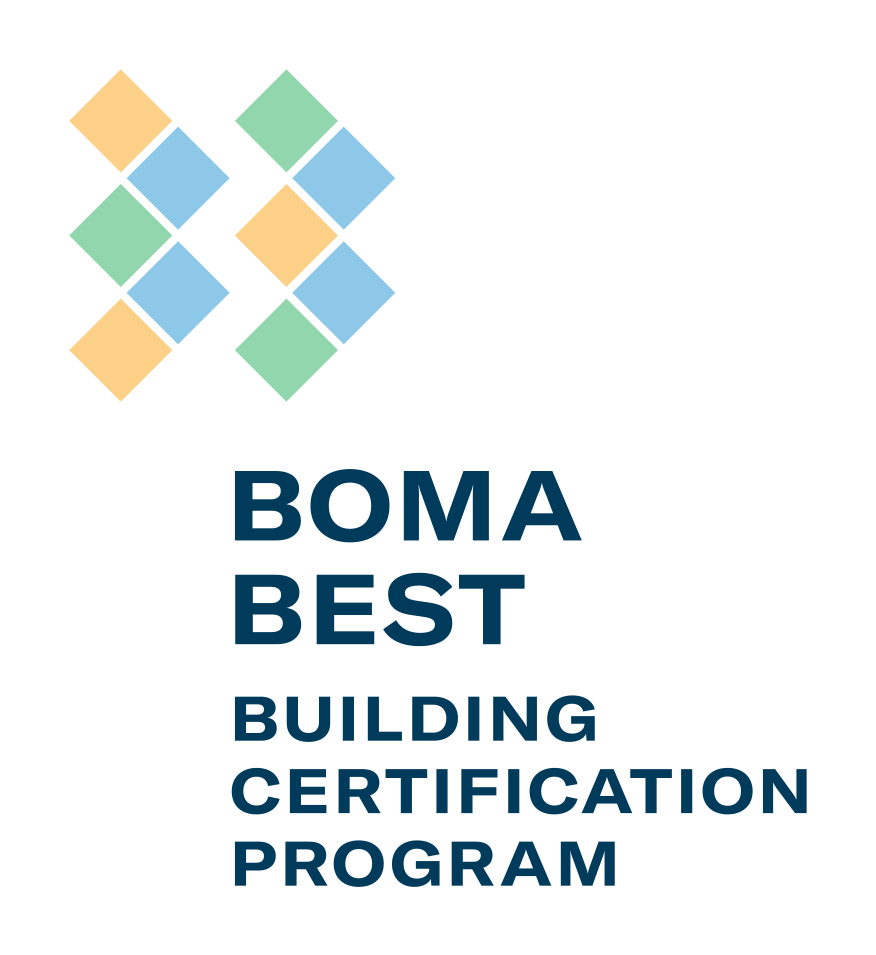
In the heart of our bustling cities, a quiet revolution is taking place. Rooftops and balconies, once underutilized spaces, are blooming into vibrant farms, thanks to the innovative practices of urban farming. This transformation is supported by the principles of urban farming and sustainable building practices, particularly through initiatives like BOMA BEST®. This Earth Day, we explore how integrating agriculture into urban environments is not only feasible but beneficial.
What is Urban Farming?
Urban farming involves growing food in densely populated areas, utilizing rooftops, terraces, and even indoor spaces to cultivate plants and vegetables. It aims to bring food production closer to urban consumers, decrease food miles, and utilize idle spaces in environmentally beneficial ways. These practices align with increasing urban biodiversity, mitigating heat islands, and improving mental health among city residents.
The Role of BOMA BEST® in Urban Agriculture
BOMA BEST® (Building Environmental Standards) is a national program designed by BOMA Canada, and now available in the U.S. through BOMA International. It serves as a comprehensive environmental certification program for existing buildings, emphasizing conservation and sustainable practices. Urban agriculture fits seamlessly into this initiative, promoting innovative solutions for sustainable development within urban areas.
How BOMA BEST® Recognizes Urban Farming
Integration with Building Operations: BOMA BEST® encourages building managers to integrate green spaces into their infrastructure. Urban farms can help achieve several BOMA BEST® certification criteria, including water conservation through innovative irrigation practices, waste reduction via composting, and enhancing occupant well-being.
Energy Conservation and Efficiency: Urban farms can contribute to energy efficiency in buildings. By adding a layer of vegetation, these green spaces provide natural insulation, reducing the need for heating and cooling. This aligns with BOMA BEST® practices which prioritize energy conservation.
Community and Tenant Engagement: Creating green spaces offers opportunities for community engagement, a crucial element in the BOMA BEST® framework. These areas provide a platform for social interaction, educational workshops, and can enhance the well-being and satisfaction of tenants and residents.
The Future of Urban Farming with BOMA BEST®
As urban populations continue to grow, with 55% of the world's population living in urban areas, and predicted to increase to 68% by 2050 (United Nations, 2018) the importance of sustainable building practices becomes even more paramount. Urban farming is not just a trend, but a necessity that aligns with future-focused environmental standards.
Celebrating Earth Day
This Earth Day, let's reflect on the power of collaboration and innovation in building a sustainable future. Urban farming and BOMA BEST® are paving the way for greener, more resilient urban environments. Together, we are planting the seeds for a healthier planet, one building at a time.
For more information on incorporating urban farming into your properties and achieving BOMA BEST® certification, visit the
BOMA and
MicroHabitat websites.
Together, let's cultivate change in our urban landscapes for a sustainable tomorrow.